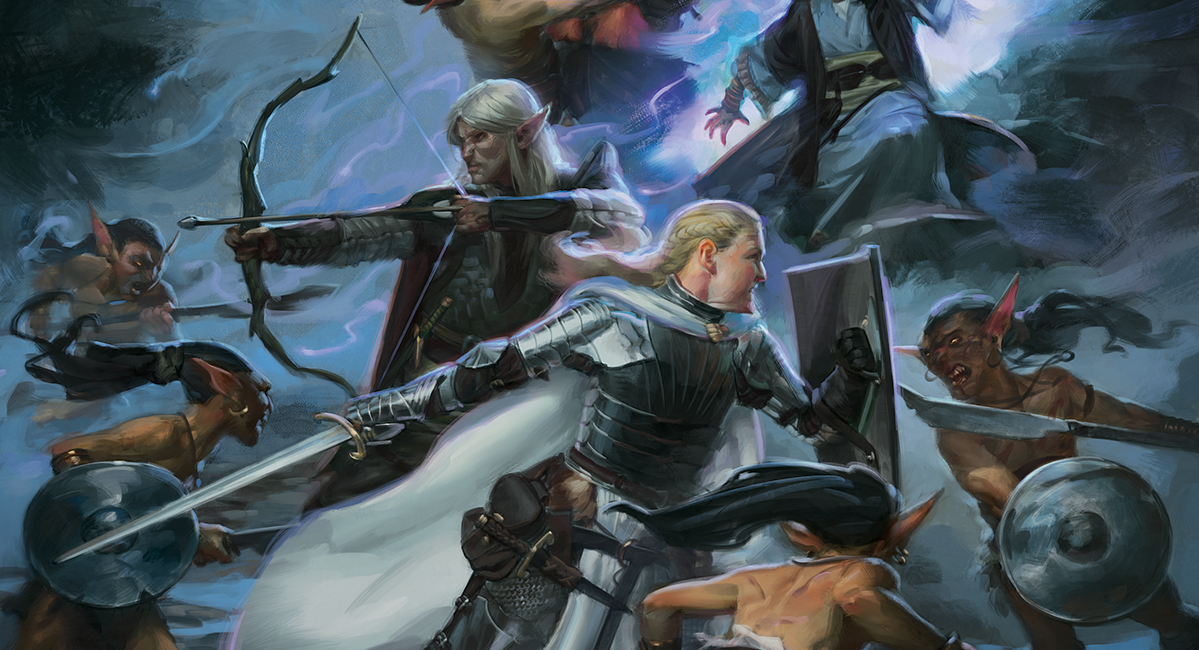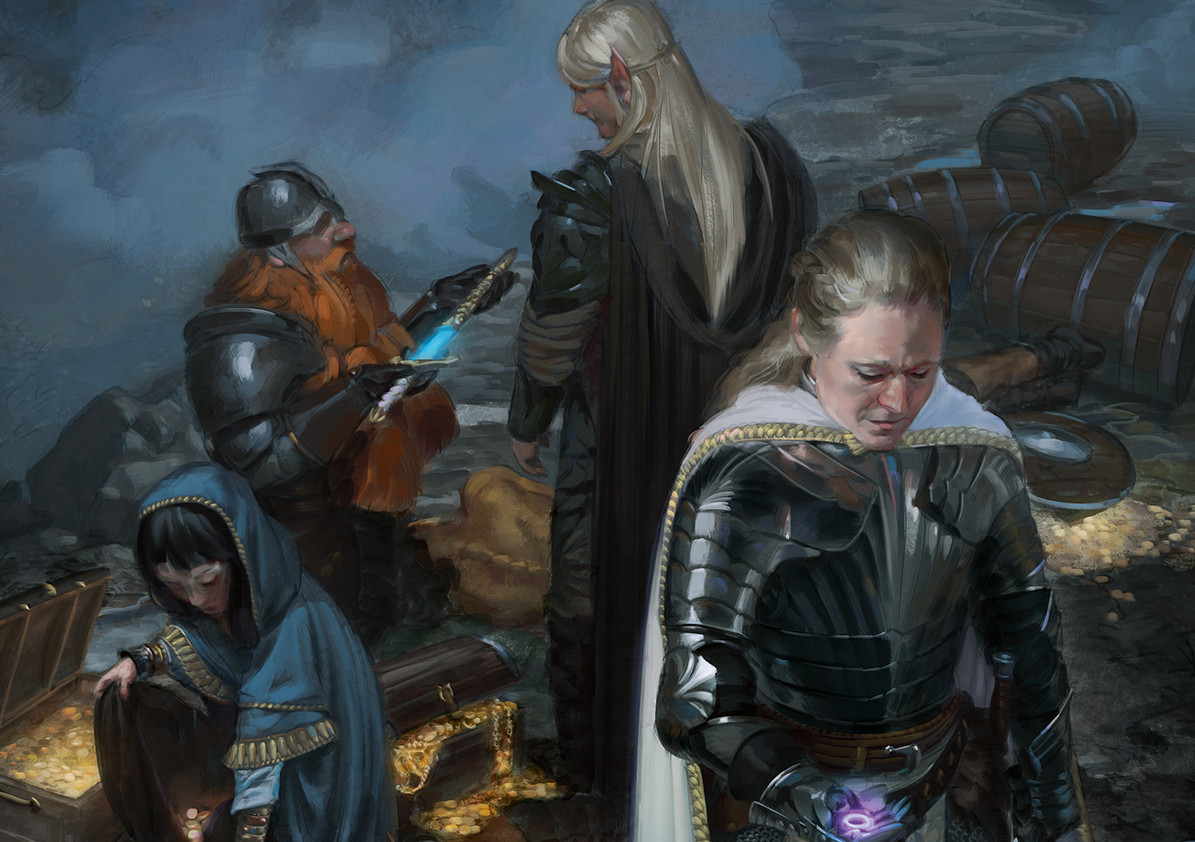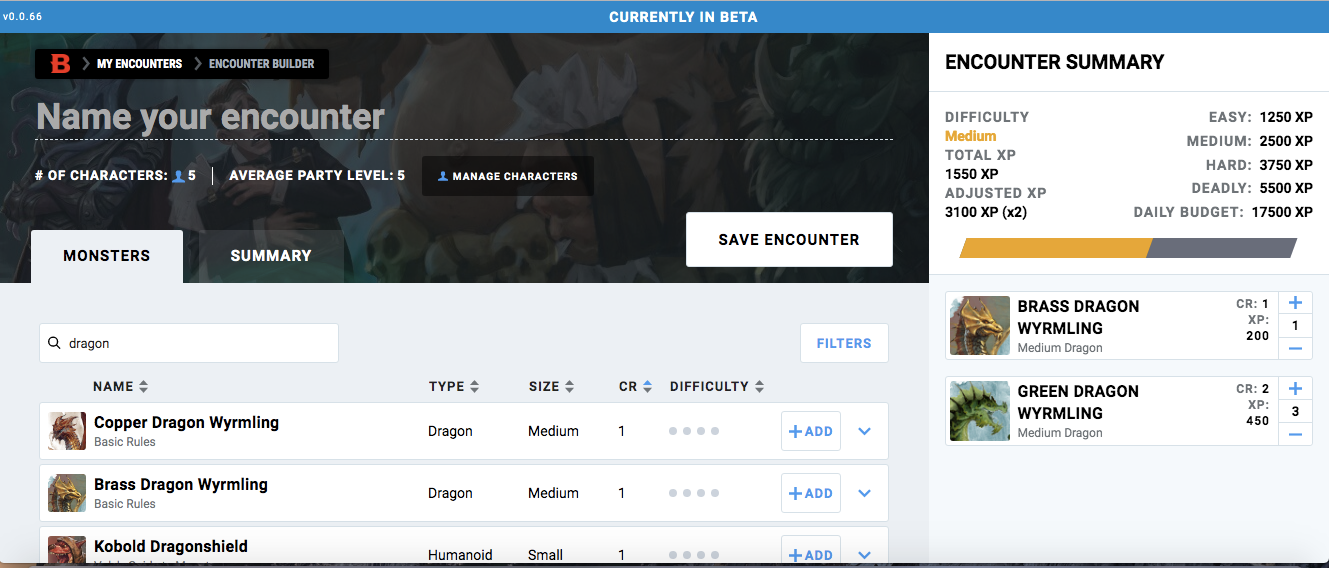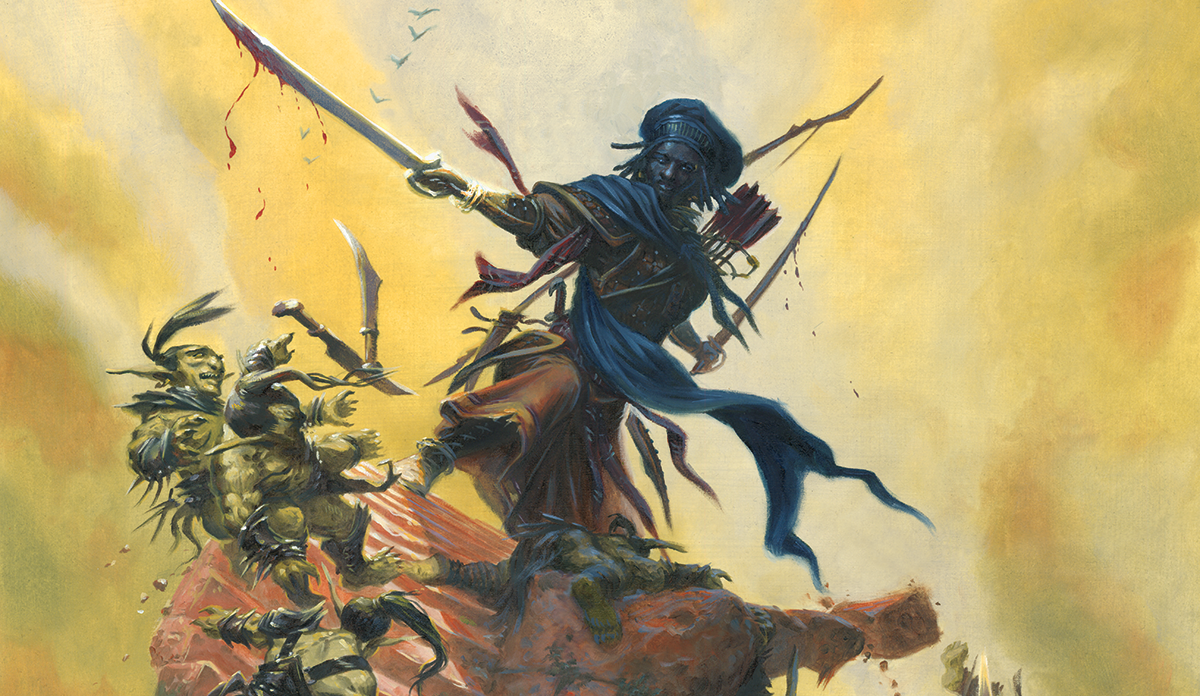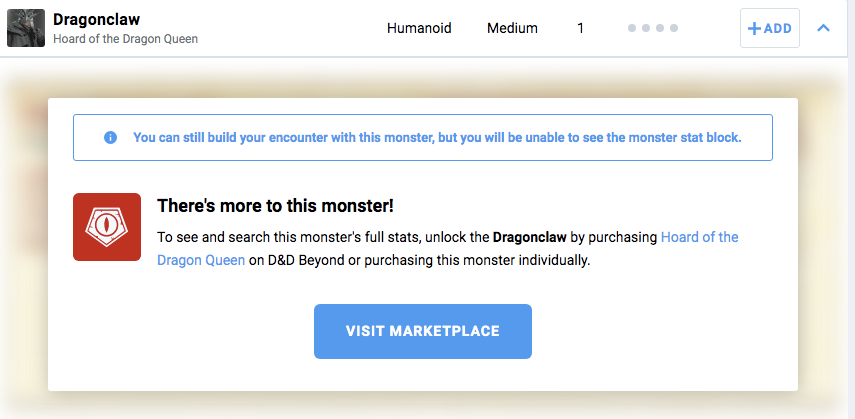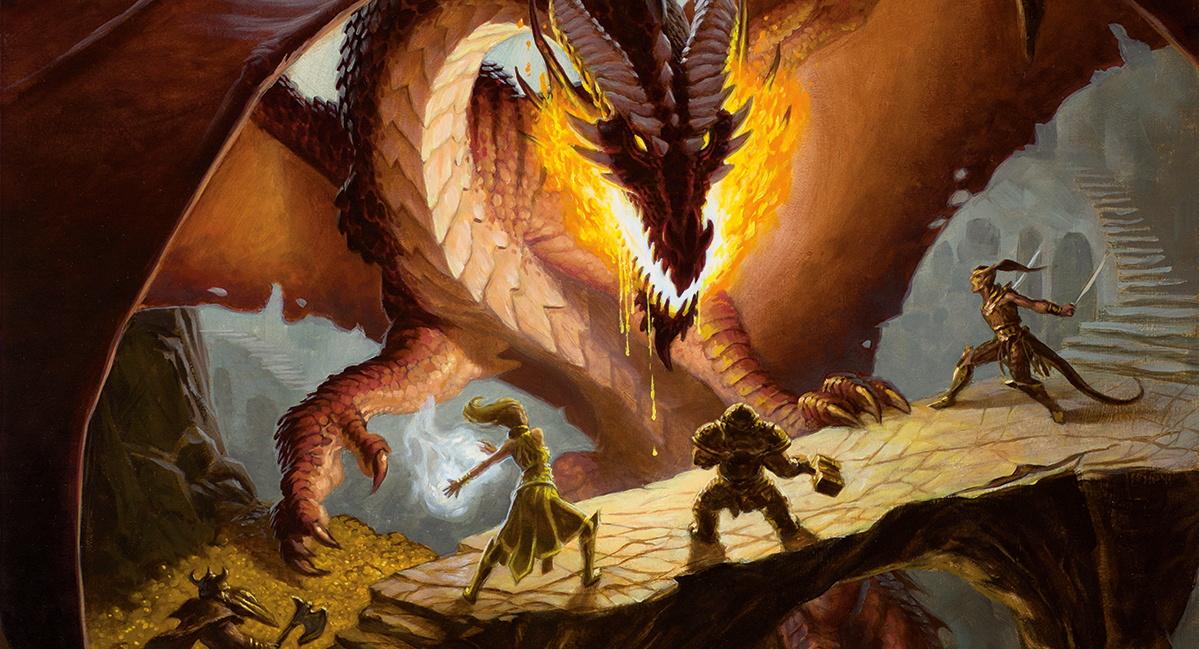As someone who just started his journey as a Dungeons & Dragons Dungeon Master, I feel a bit overwhelmed. Don't tell my party. They're pretty invested in my homebrew story, so I hope that they are looking past the fact that I'm still learning how to build encounters.
It's the balancing that gives me trouble. I use the table provided in the manual to deliver what is mathematically a medium encounter, only to see the adventurers mow down the low-HP monsters. I'll then make something a little harder, only to realize the opponent I picked has some crazy overpowered abilities that the party can't hope to live through. How is a DM supposed to reliably estimate difficulty when there are so many factors to keep track of?
The real answer is experience. Only by playing and DMing many games will one learn of the various threats D&D has to offer. That said, D&D publisher Wizards of the Coast is aware that many newbies are joining the hobby. To help them out, and to streamline things for old fans who are willing to go digital, Wizards established the D&D Beyond platform. This website hosts tools for character creation, campaign management, and even homebrew development. The newest tool is Encounter Builder, a combination monster encyclopedia/difficulty checker that lays a whole new world of options at DMs' feet.
A Simple Interface Crunches The Numbers For You
On a general level, D&D Beyond aims to make things easier through automation. When you build a character on the site, it will provide options and track how your choices affect your final stats. The tool will do the necessary math almost instantly – it'll tell you how much HP you get each level, how many spell slots you're allowed, and what your saving throw bonuses are. The Encounter Builder works similarly for making combat encounters. Its basic function is to add up the Challenge Rating of all enemies the DM adds to a battle, account for the players' levels, and show just how difficult the fight should be.
Encounter Builder displays the necessary information in an easy-to-read format. The DM sets the player party details on top. An all-inclusive list of monsters and even potentially-hostile NPCs shows up below. The DM can narrow the list using some very helpful filters. Anything one might think of – monster size, environment, even what campaign the monster originates from – can be filtered. As the DM adds monsters to the encounter, they show up on the right of screen. Also there is the most important bit of information. The "Encounter Summary" will display how much XP the fight is worth, and how that rates in terms of difficulty.
With such a streamlined layout, I can't see anyone having issues using it. I used it to build encounters for my homebrew campaign, in which the party recently traveled into a giant tree. Their quest was to destroy the demons who were eating away at the tree's life force. With that in mind, I built several appropriate encounters using filters. By leveraging a combination of the "forest" environment filter and the "fiend" monster type, I found several beasts and demons to meet my needs. This tinkering also had the happy side effect of introducing me to monster ideas I never even thought of.
All The Options (Even The Ones You Can't Use)
There was one annoyance that kept cropping up during my Encounter Builder experience. The default settings showed me every D&D monster (I assume) in existence. This includes monsters that debuted in specific hardcover campaign books. My problem – one I assume most newer DMs share – is that I do not own all the hardcovers. Even longtime D&D fans might not own that many hardcovers in digital format. Too bad, then, if you find a hardcover-born monster that seems perfect in Encounter Builder. When you look at its details, and you don't have the appropriate hardcover tied to your D&D Beyond account, you can't see its stats/abilities. You'll just get a message telling you to buy the content.
This problem is easily solved using the filters, of course. One just needs to filter out all the hardcovers they don't own. It still feels wrong as a default setting, though. I had several occasions of finding a monster that looked thematically appropriate for my giant tree, only to discover it wasn't in my collection. It almost felt like D&D Beyond was purposefully saying, "Look at all this cool stuff you could be using, if only you bought it."
Things picked up a lot once I started filtering. As I explored the monsters that were actually available to me, I came up with some dastardly fights. There were monsters with abilities I hadn't considered. Even better, there were combinations of monsters I hadn't considered. It turns out fey and demons make fun battle buddies. We had some interesting combat that session, and a lot of it was due to Encounter Builder exposing me to so many different monsters.
The Future Of Encounter Builder
At the end of our session in the giant tree, the adventurers made their way into the tree's center. I was excited for this. The bosses awaiting them were a demon pair – a borderline deadly encounter according to Encounter Builder. Then the druid cast Conjure Animals and ruined the whole thing. That's an issue of balance, however. It's not Encounter Builder's fault that Conjure Animals is stupidly OP.
It's also not Encounter Builder's fault that balancing Dungeons & Dragons combat as a DM requires knowledge and practice. Like everything else in D&D Beyond, it's just a tool. One addition that would be nice is a tactics section. Many written adventures include a section for enemy tactics along with the stats. Some hints on how to play each monster more effectively would make Encounter Builder even more helpful. For now, however, I'm happy to keep experimenting with the beta and finding new monsters. Encounter Builder might not always be 100% accurate in its difficulty ratings, but it's much better than picking from the monsters I know off the top of my head.
Encounter Builder is in open beta now on the D&D Beyond website.

